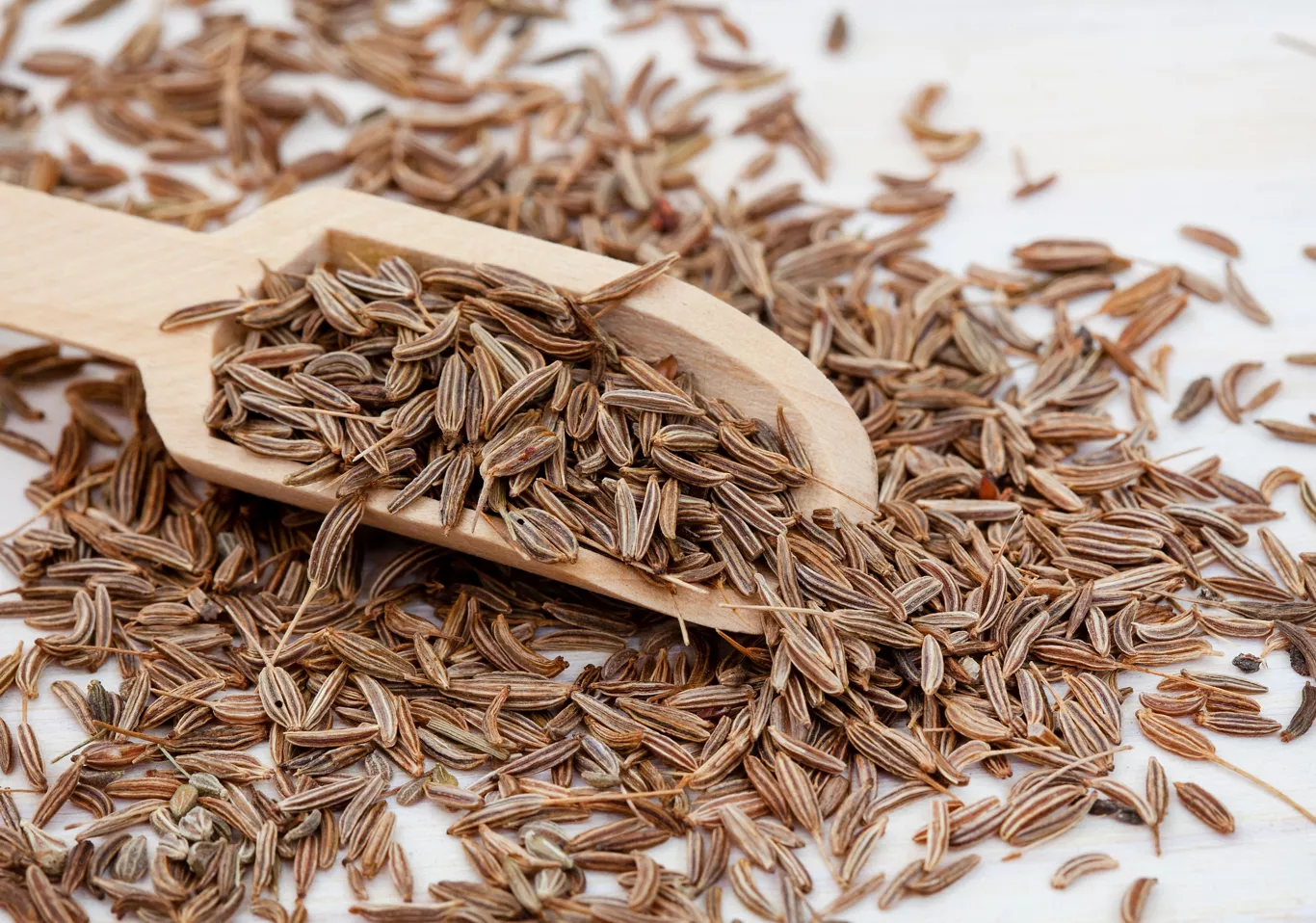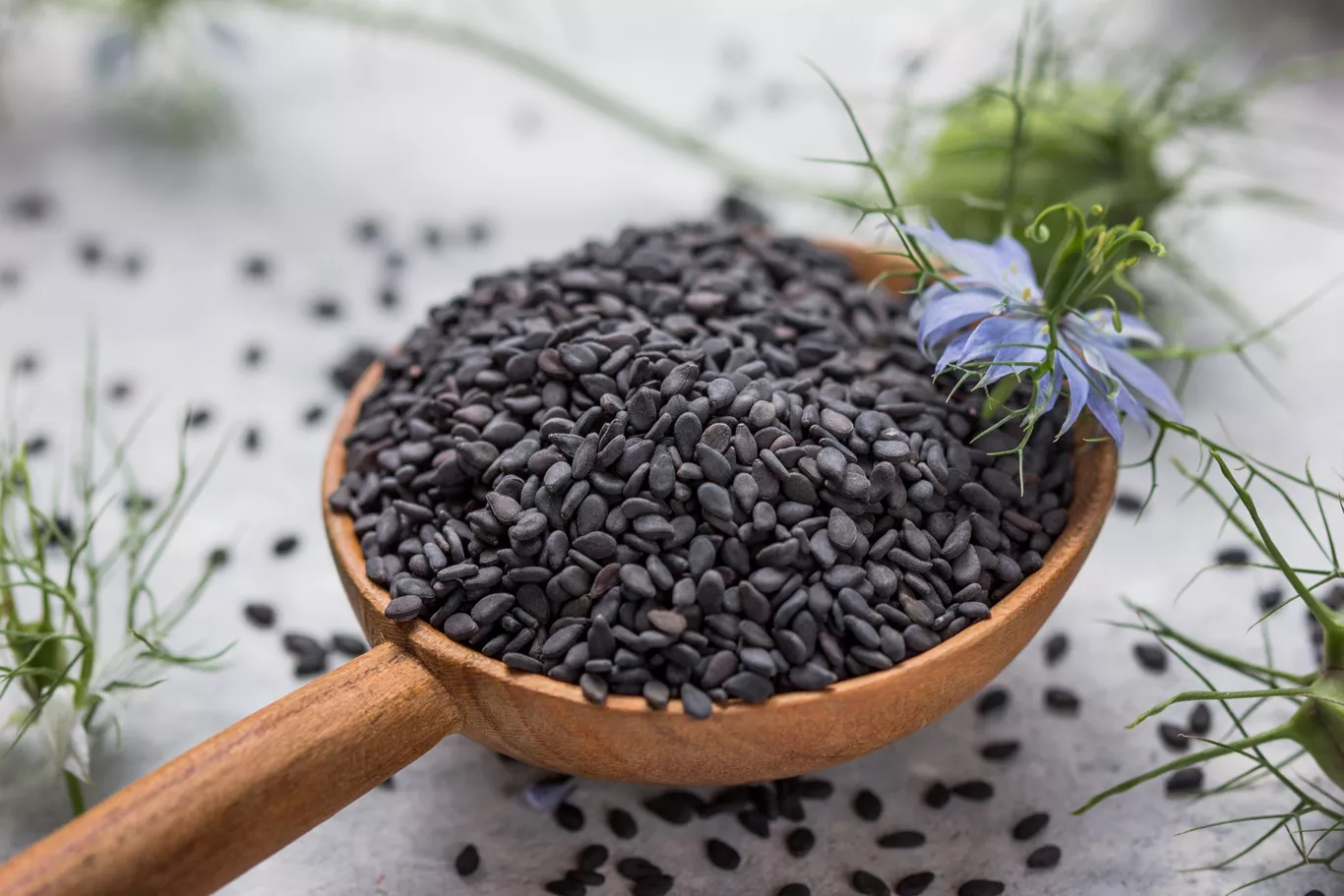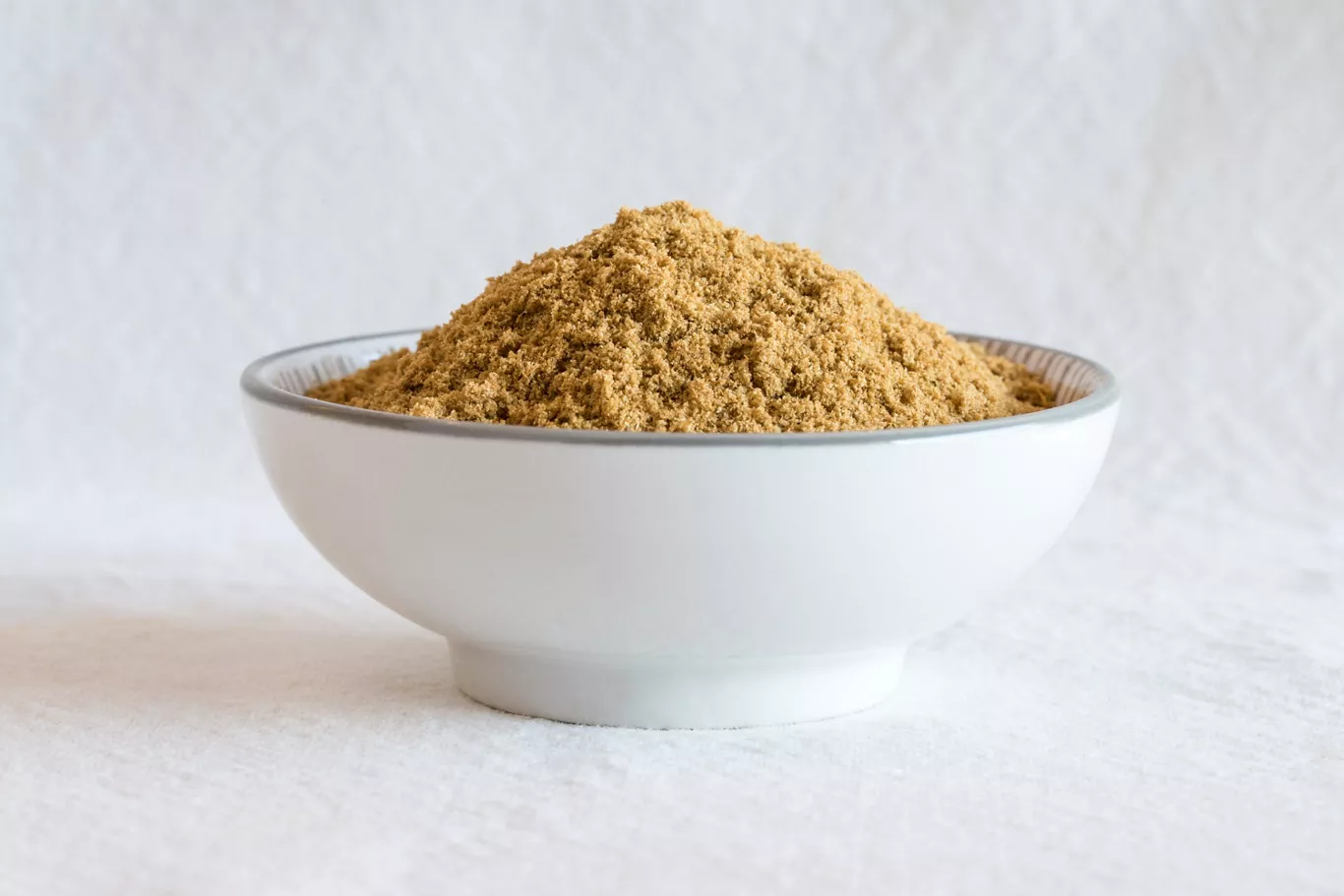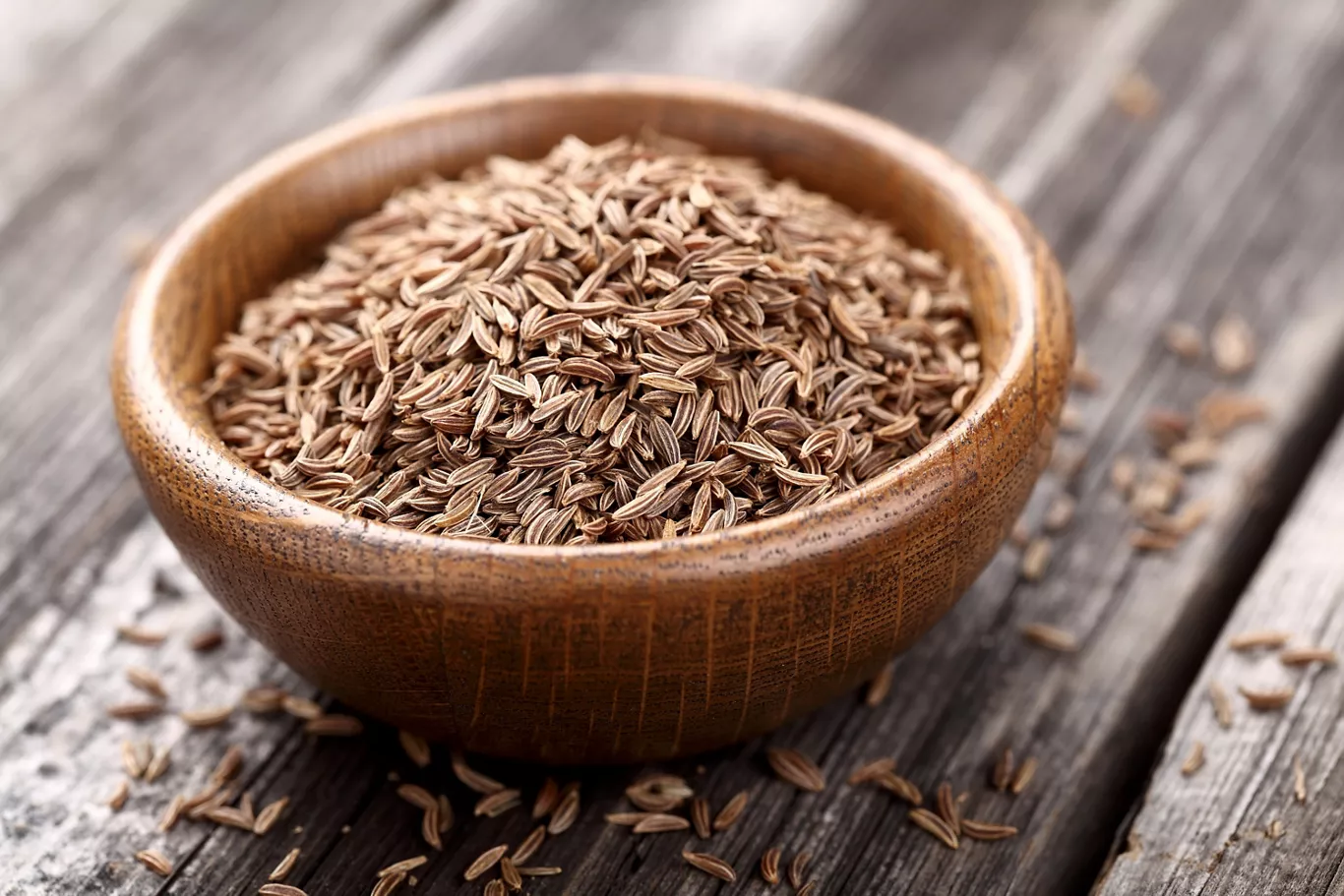The aroma of cumin, or jeera as it is known in India, is one that every Indian kitchen is familiar with. It’s the first sizzle you hear in the pan, the unmistakable scent that wafts through the air, and the robust flavour that defines so many beloved dishes. Cumin is more than just a spice in Indian households; it is an essential ingredient that has been part of the culinary tradition for centuries. Its warm, earthy, and slightly peppery flavour makes it indispensable in various forms—whether whole, roasted, or ground.
From tempering to roasting, cumin has its roots deeply embedded in Indian cuisine, connecting generations through its unique flavour profile. It’s not just a spice but a part of our culinary heritage, evoking memories of family meals, traditional recipes, and festive celebrations. No Indian kitchen is complete without a jar of cumin seeds or a packet of cumin powder. In this blog, we will delve into the different types of cumin, how to use them in cooking, and why this humble spice is a cornerstone of Indian cuisine.
2. Types of Cumin
Cumin comes in different varieties, each with its own distinct flavor and use in the kitchen. Understanding the types of cumin can help you decide how best to incorporate them into your cooking.
Regular Cumin vs. Black Cumin
Regular Cumin (Jeera): This is the most commonly used variety in Indian kitchens. It has a warm, earthy flavour with a slightly bitter undertone. The seeds are elongated, ridged, and pale brown. Regular cumin is versatile and used in tempering, spice blends, and various dishes across the Indian subcontinent.
Black Cumin (Kala Jeera): Black cumin is smaller, darker, and has a more delicate and complex flavour than regular cumin. It has a nutty, slightly sweet taste and is often used in Mughlai and North Indian dishes. Black cumin is perfect for adding a subtle depth to dishes without overpowering them.
Seed vs. Powder
Cumin Seeds: Whole cumin seeds are widely used in tempering, where they are added to hot oil or ghee to release their flavour. They are also used in spice blends like garam masala and panch phoran or as a crunchy topping on dishes like raita and salads.
Cumin Powder: Ground cumin is made by roasting and grinding cumin seeds. It has a more concentrated flavour and is used in curries, gravies, and spice mixes. Cumin powder blends seamlessly into dishes, giving them a rich, earthy flavour without the texture of whole seeds.
3. How to Use Cumin in Cooking
Cumin’s versatility makes it a staple in Indian cooking, where it is used in various forms and techniques to enhance the flavour of dishes. Here are some ways to use cumin in your culinary creations:
Spice Blends
Cumin is a key ingredient in many traditional spice blends. It pairs well with coriander, turmeric, and chilli powder to create flavorful masalas that are the backbone of Indian cuisine. Here are some popular blends:
Garam Masala: A quintessential Indian spice blend made with roasted cumin, coriander, black pepper, cinnamon, and cardamom. A pinch of garam masala added at the end of cooking brings warmth and complexity to dishes like dal, curries, and biryanis.
Chaat Masala: A tangy and savoury spice mix that includes cumin, black salt, and dried mango powder. It is sprinkled over fruits, salads, and snacks like chaat and dahi puri to add a burst of flavour.
Panch Phoran: A unique five-spice mix from Bengal that includes cumin, fennel, mustard, fenugreek, and nigella seeds. It is used to temper dishes like aloo bhaja (fried potatoes) and dals.
Curries and Gravies
Cumin forms the base of many Indian curries and gravies. It is often added at the beginning of cooking, either whole or ground, to create a rich, flavorful foundation. Here’s how you can use cumin in different curry dishes:
Tadka (Tempering): Whole cumin seeds are often added to hot oil or ghee, releasing their aroma and flavour before other ingredients are added. This technique is used in dishes like dal tadka and kadhi.
Cumin Powder: Ground cumin is added to spice up curries and gravies. It blends well into sauces, adding depth and complexity. A spoonful of cumin powder enhances dishes like chole (chickpea curry) and rajma (kidney bean curry).
Roasting
Roasting cumin seeds enhances their nutty flavour and reduces their bitterness. Lightly roasted cumin can be ground into a powder or used as a crunchy topping. Here are some ways to use roasted cumin:
Raita: A simple yogurt-based side dish that pairs perfectly with spicy foods. Roasted cumin powder is sprinkled over raita along with salt and coriander for a refreshing and cooling accompaniment.
Salads: Add a sprinkle of roasted cumin seeds to salads for a burst of flavor. It pairs well with fresh vegetables, citrus fruits, and beans.
Baking
While cumin is not commonly associated with baking, it can add an interesting twist to savoury baked goods. Here’s how to use it:
Breads: Adding a teaspoon of cumin seeds to bread dough can create a deliciously aromatic loaf. It pairs well with whole wheat or rye flour.
Crackers: Cumin seeds are often used in Indian baked snacks like mathri (savoury biscuits) and khakra (crispy flatbread). The seeds add a pleasant crunch and a burst of flavour.
Incorporating Cumin in Various Recipes
Here are some ideas for incorporating cumin into everyday dishes:
Jeera Rice: A simple, fragrant rice dish where whole cumin seeds are fried in ghee and then cooked with basmati rice and water. It’s an excellent side dish for rich curries and dals.
Cumin Potatoes: A quick and delicious side dish where boiled potatoes are sautéed with cumin seeds, green chilies, and coriander. This dish is perfect for lunchboxes or as a side for parathas.
Spiced Roasted Vegetables: Toss vegetables like carrots, sweet potatoes, and bell peppers with olive oil, ground cumin, paprika, and salt before roasting. The cumin adds a warm, earthy flavour to the vegetables.
Conclusion
Cumin is more than just a spice in Indian cooking—it’s a tradition, a flavour that has been passed down through generations. Its distinctive aroma and warm, earthy flavour are integral to so many dishes, from simple tempering to elaborate spice blends. Whether you are making a simple dal or a complex biryani, cumin is the key to unlocking layers of flavour.
Indian kitchens would be incomplete without this versatile spice. It’s not just about the taste; it’s about the stories and memories that come with it—grandmothers roasting cumin on the tawa, mothers grinding it fresh for the day’s curry, and the aroma of cumin-scented tadka filling the house. As you cook with cumin, you are not just making food; you are connecting with a culinary heritage that spans centuries.
Head over to our website to know more about our spices, and grab a pack of our whole or powdered Panch Phoron from any leading e-commerce platform to add a new flavour to your palette today
FAQs
Yes, cumin and jeera are the same. Jeera is the Hindi name for cumin seeds, which are widely used in Indian cooking.
Cumin is used in a variety of dishes such as curries, dals, rice dishes like jeera rice, and spice blends like garam masala and chaat masala. It is also used in snacks and salads for added flavour.
Cumin can be consumed in various forms—whole seeds can be used in tempering, ground cumin can be added to curries and gravies, and roasted cumin can be sprinkled over salads and raitas.
Yes, jeera can be eaten directly. It is often dry-roasted and consumed for its robust flavour. You can also add it to dishes as a crunchy, aromatic topping.




